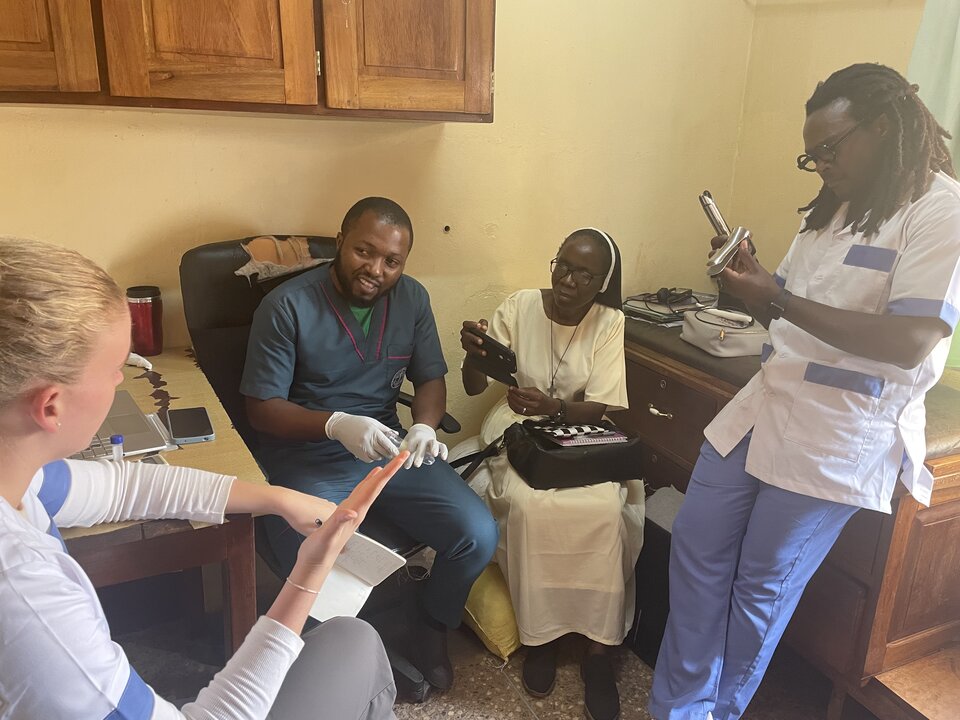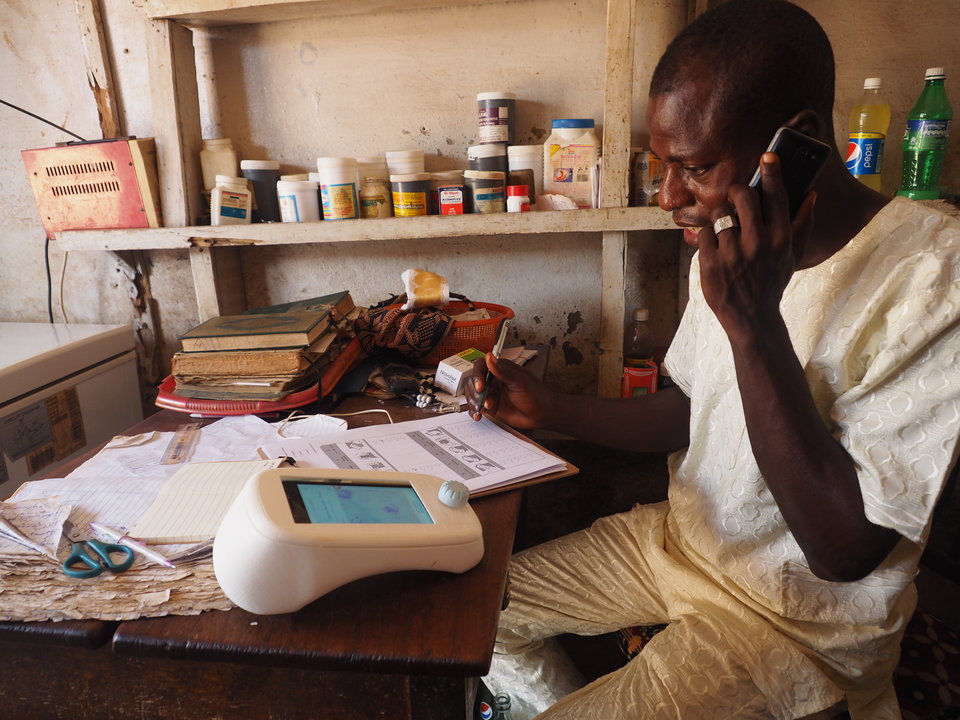Mosquito-transmitted tropical virus fevers such as Zika and Dengue are an everyday risk in many countries. With increased trade and travel traffic, in combination with a warming climate, a spreading of both mosquito and the viruses can be observed all around the globe. Early medical support and monitoring of the outbreaks is often not possible, as affordable and easy-to-use diagnostic tools are not available. Thus Dr Eduardo Mendes set up a team: “We want to provide people without access to high-tech analysis labs with a solution. And we will use our knowledge of polymeric nanowires to do so.”
The global problem
Mendes and his team focus on three very important mosquito-transmitted viruses, namely Zika, Dengue and Chikungunya virus. “They infect hundreds of millions of people each year and coincide in a growing number of regions.” And indeed, most people have heard of at least one of these viruses. Chikungunya, loosely translating as „walking bend over“, makes people suffer torturing pain, that can last for months or even years. Zika was in the news, as following a large outbreak starting in Brazil. It was observed the virus can cause microcephaly in the unborn child, meaning the brain does not fully develop. And Dengue fever in severe cases will cause inner bleedings and death, if no intensive medical care can be provided.
The tiger mosquito
The sad success of these viruses is closely linked to the perfect adaption of the main vector to urban life: mosquitos of the Aedes genus, especially the tiger mosquito. „They occur all around the equator. Basically anywhere, where it is warm enough and some water is available.“, says Hendrik Hubbe, PhD student and Global Fellow assigned to this project. „There is a risk, that the virus spreads alongside the mosquitoes. It is not unlikely, we will be facing these viruses in Europe in the future as well. The tiger mosquito can nowadays be found all along the Mediterranean coast, in parts of France and southern Germany. And it has been detected in The Netherlands, presumably having arrived in bamboo imports to green houses.”
Indonesia: basic medical care
Indonesia is one of the countries, which has to deal with all three viruses, although Zika only recently started to occur. „We had the great opportunity to cooperate with Jan-Carel Diehl of the Industrial Design Faculty, to send a Master student to Indonesia.“ Vinda Hardikurnia, herself Indonesian, undertook this field trip and assessed the situation, talking to medical personnel and governmental agencies on site. Together with Hubbe, she set up a questionnaire. „First hand data is very important to us, you have to talk to the people directly involved: the doctors, nurses and midwifes, treating and diagnosing patients every day. Hardikurnia knew her way around and established a lot of contacts. This was a unique chance and we learned a lot from her work. And she confirmed, that large rural areas have only access to very basic medical care.”
Intensive medical care is mostly available in the big cities. Hubbe: “Fast laboratory diagnostic and monitoring of outbreaks can be life-saving for these people, but in many places, there was no facility that can perform such a diagnostic. The few available devices are not considered affordable or not sensitive enough and thus not used. And in many cases, the facilities are not staffed with a doctor, but a nurse or midwife. They told us, they are neither able nor allowed to perform a diagnosis and would benefit a lot from a tool, that provides such information. People cannot afford to travel to the large cities on a mere suspicion.”
Polymeric nanowires
Diagnostic devices for these diseases are available, but they are not suitable for people in these areas. Hubbe explains: “They are either too expensive, require specialized labs and trained technicians or show sensitivity and specificity issues. In general they are not tailored to the requirements and needs of the daily routine in these places.”
That is why this project focuses on the development of a novel sensor, based on polymeric nanowires. “Researching new methods of chemical modification, we modify the polymeric wires to make disease detection possible. These wires are basically made from plastic, which offers us a lot of possibilities to change their functionality.” The team is able to make these wires self-assemble themselves. Although only few molecules thick, they literally grow into wires of several millimeters. Outfitted with specific binding sites for the diseases, they form a sensor. The optimal method of read-out is a focus of this project. “We will address the issues of sensitivity and specificity and provide the basis of an affordable, mobile, handheld diagnostic device, that can actually be used by people in these remote areas.”
Talk to the people
Asides the chemical research, this might be the most difficult challenge: the past has seen many projects failing, because the technology worked fine, but the product did not fit the requirements and conditions of the specific end-user. Hubbe: “Hardikurnia saw examples of such projects on her field-trip, expensive machinery in remote facilities, that no one has a use for or knows how to handle. I think, the involvement of the potential end-users in Indonesia at this early stage was a very important step. And continuing the close cooperation with Diehl and his team we will turn our research findings into a device everyone can benefit from.” Mendes: ”Talking to people in the field is already heart-breaking. Visiting them at their homes in a favela in Brazil or in a slum in Bombay is a life changing experience. Maybe we should offer such visit possibilities to our engineer students. I am sure the Global impact would be huge.”
Global Research Areas










